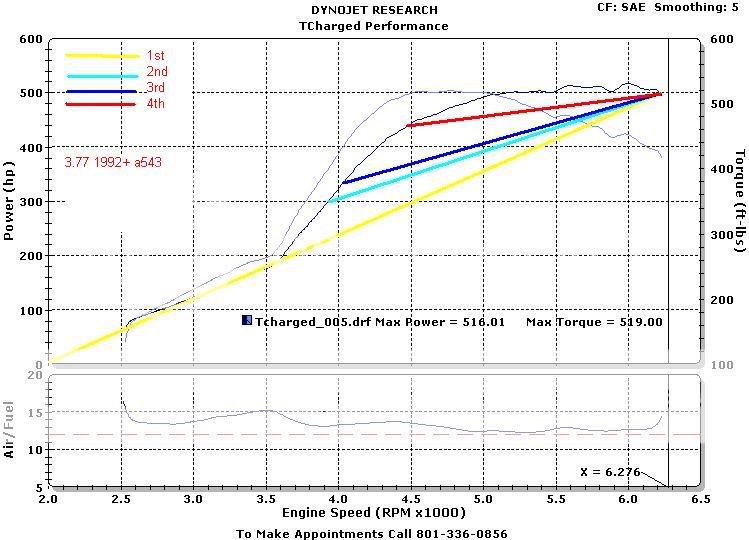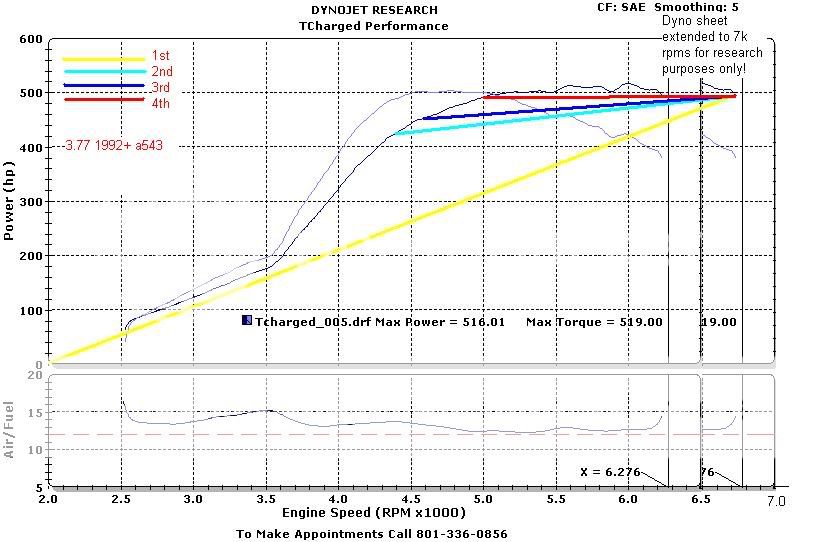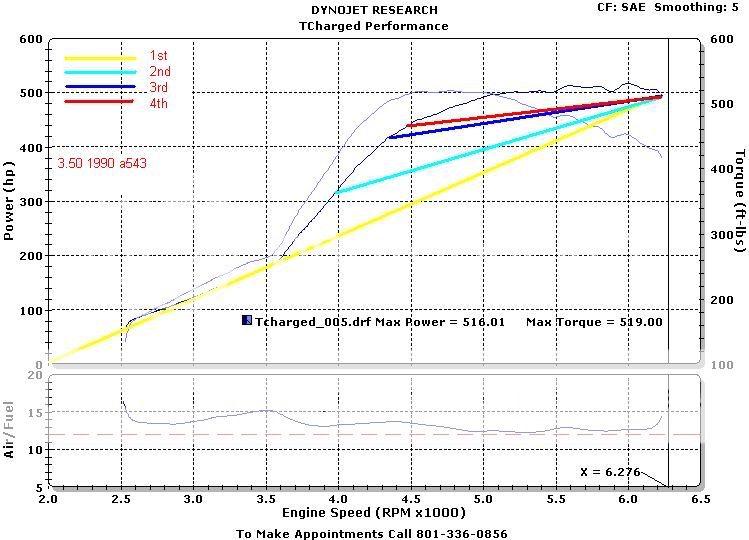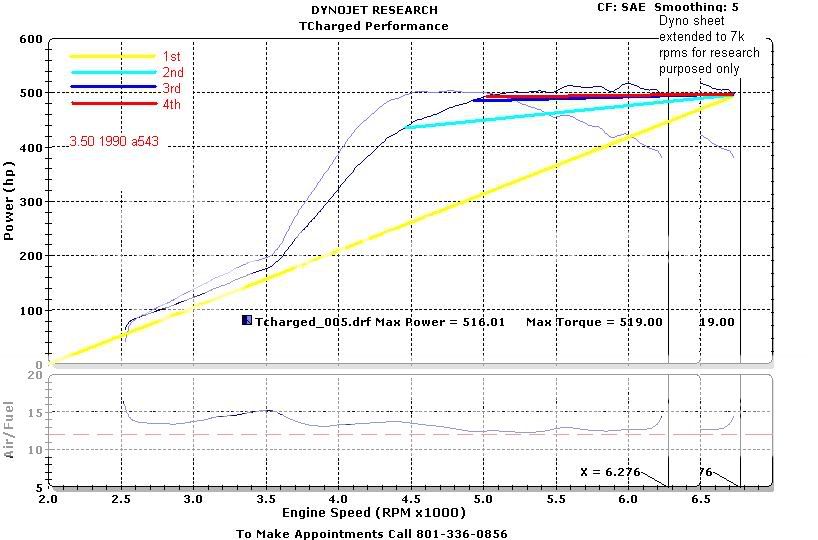As in, the force at the rear wheels continues increasing with each gear, while engine torque stays the same, correct?
I wasn't trying to pick on you so please don't take it that way. What I got from the article though is that lower gears always give you better acceleration for any given horsepower. So much so that even if you go past peak power the lower gear will usually ACCELERATE faster than a bit more horsepower in a higher gear. This explains why concentrating your shifts on peak horsepower doesn't always result in the best track times. Of course this will vary from car to car, engine to engine and gear ratio to gear ratio which makes for hours of fun experimentation...


No I didn't take it that way at all.

The point I was trying to make about horsepower loss was directed at the drivetrain loss "debate". This article explains how it's not a fixed percentage, but a value which increases with increasing acceleration (power). There's always been quite a bit of dissent on that topic, as well as the optimum shift point.
This all came about because I was playing with a g-force app on my phone, and wanted to figure out what the numbers I was getting meant, and how they stacked up to different fast cars.









